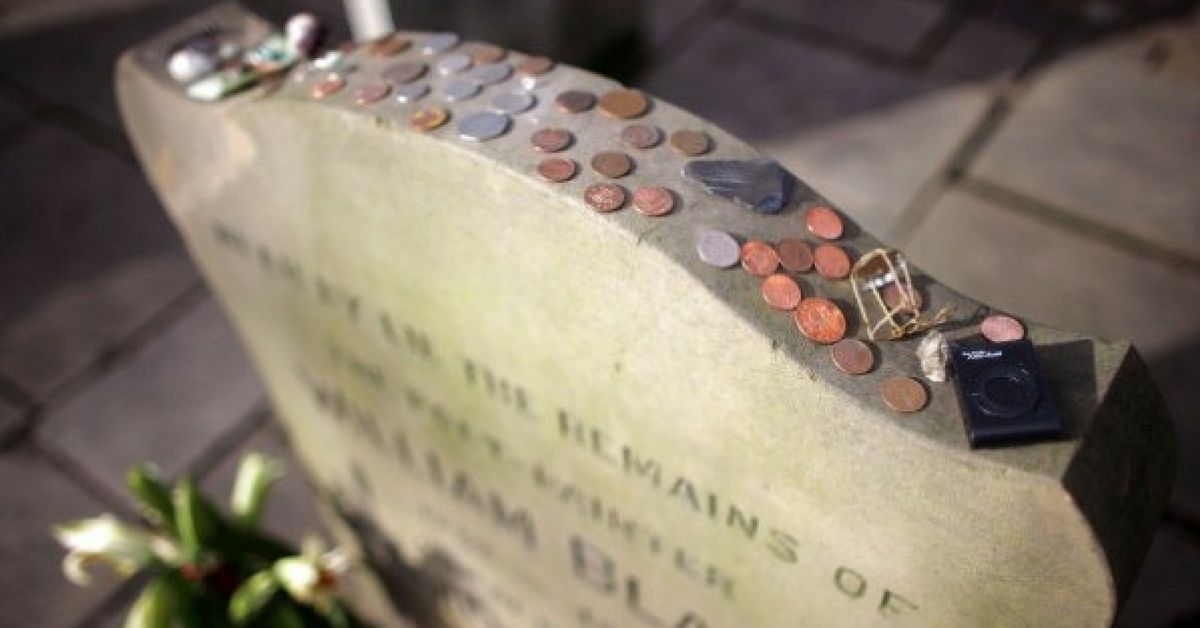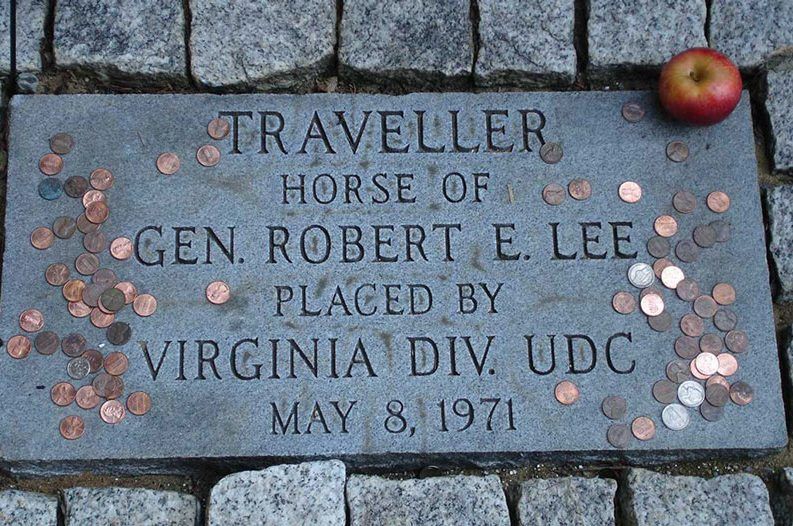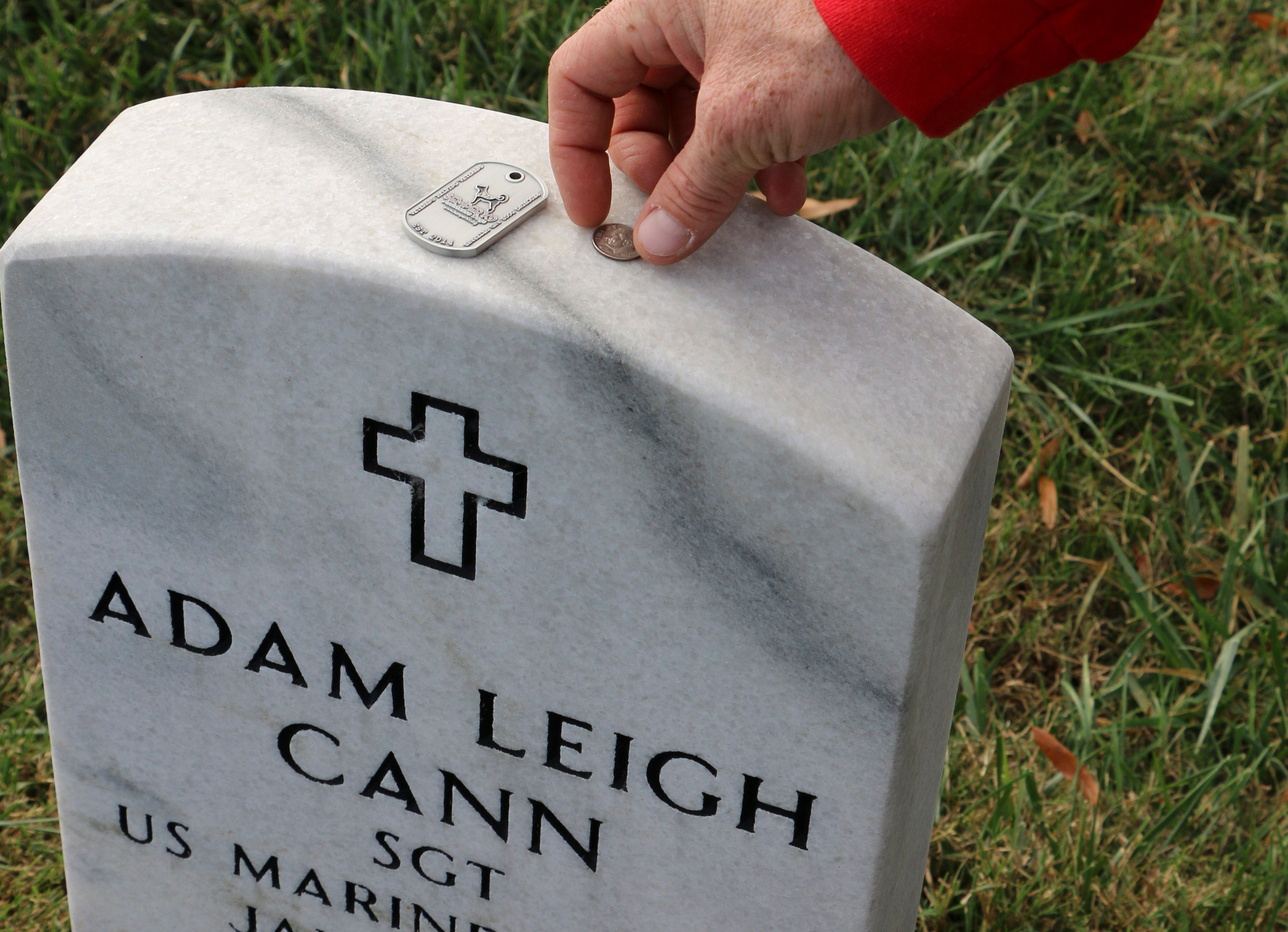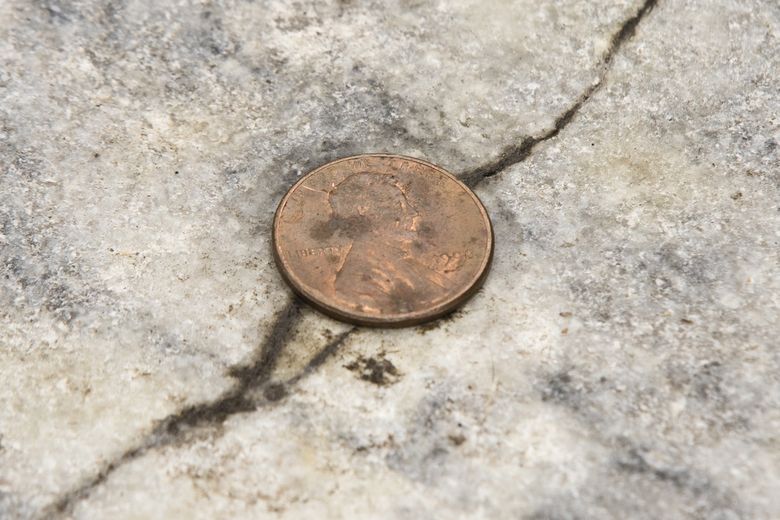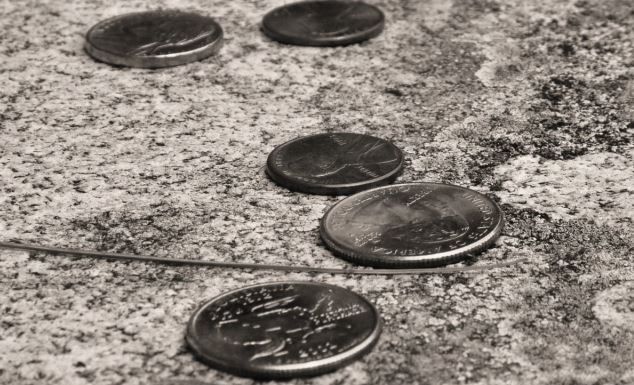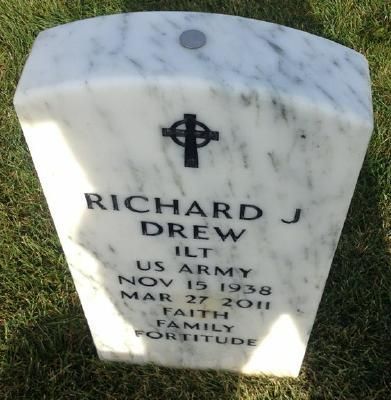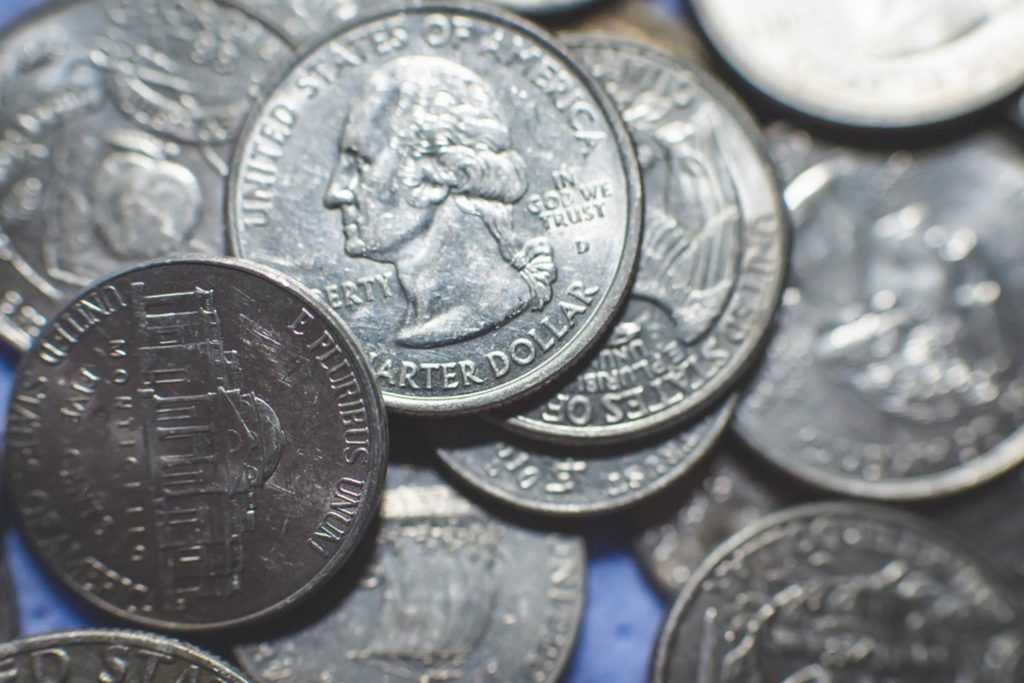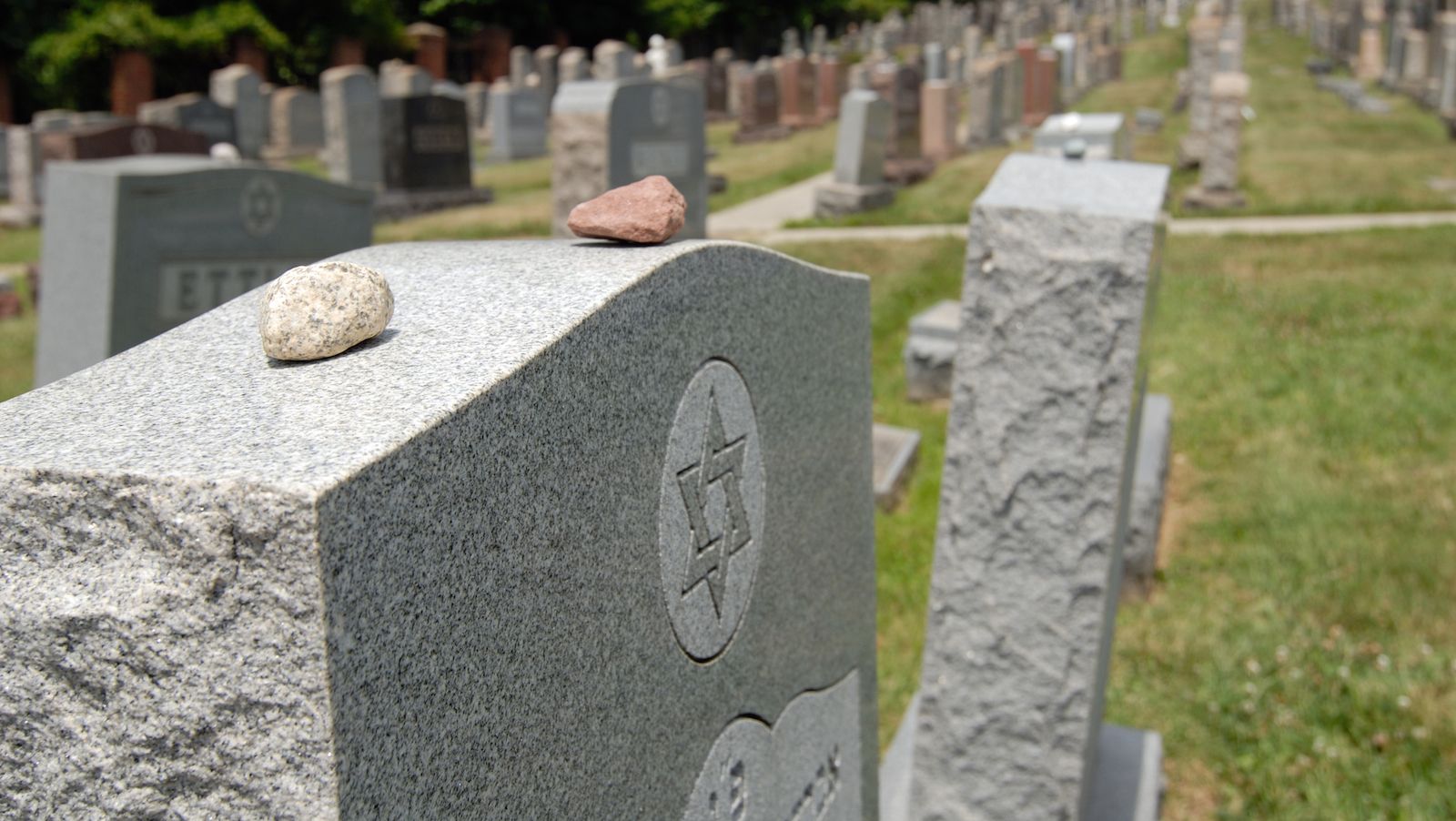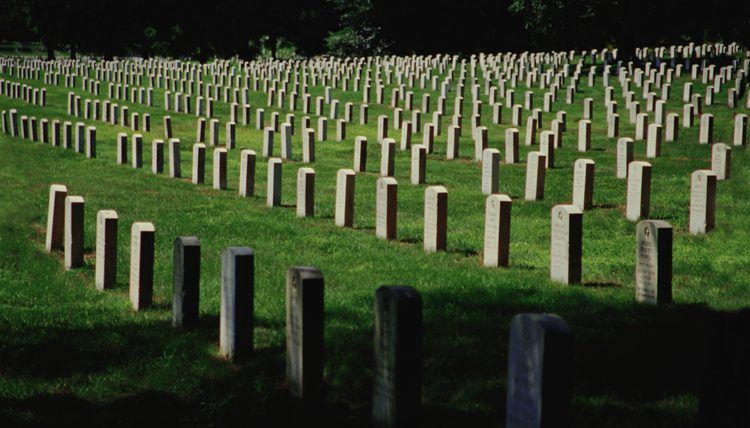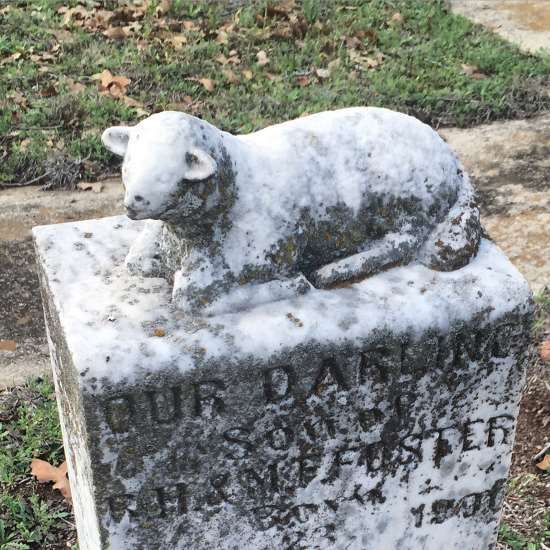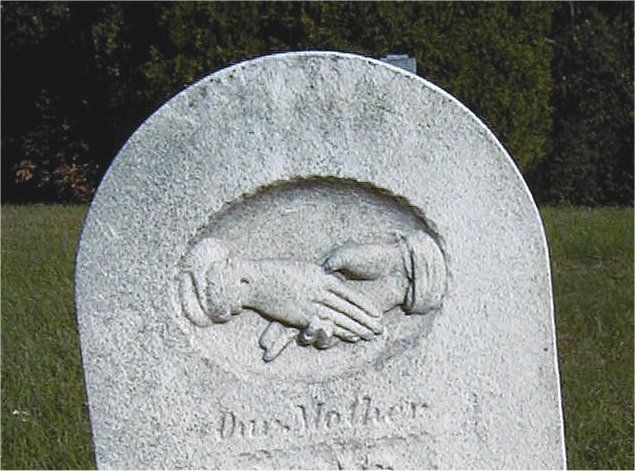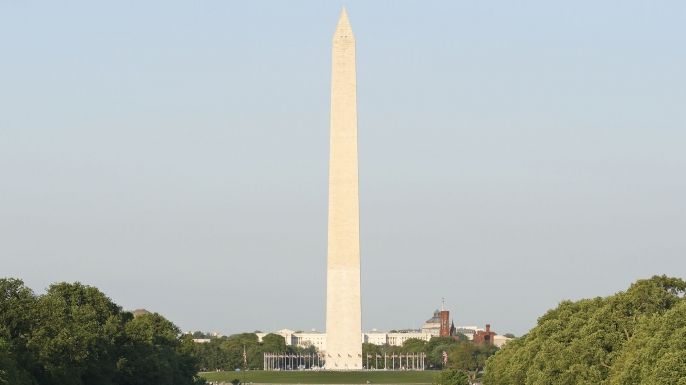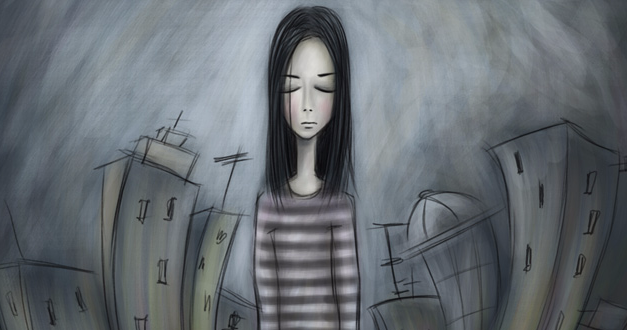For thousands of years people have left countless different artifacts at grave sites.
If you've walked by a graveyard or been on cemetery grounds, you're quick to notice all the flowers, but how often do you see money on headstones?
I was only a kid when I started noticing this trend. My school was by a local gravestone and sometimes my friends and I would walk across the site because it was a shortcut to get home.
I always strongly believed that picking up anything that a loved one put on someone's gravestone would be a bad omen, but my friends didn't find anything wrong with it.
They'd go around once a week and collect pennies, nickles, dimes, quarters, and whatever else of value to bring home and put in their piggy banks.
Their argument was that the money would only go to waste, and that the dead would rather us not waste something when it could benefit someone alive.
In hindsight, my friends were pretty sly. I told them that bad things could come from doing this, but they always brushed my worries off.
Decades later, I have no idea what happened to those friends. I moved across the country and loss touch with those childhood friends.
I still go by cemeteries, but it's not unusual for me to see tombstones covered in different types of coins. But now that I'm older, I'm wondering why I never wanted to pick one up?
In fact, there actually is a good reason not to. People who place coins on tombstones are following a longstanding tradition that has a lot of significance.
Every coin symbolizes something very meaningful, and knowing what each one means will simply warm your heart...
The practice of leaving coins is speculated to have started during the Vietnam War, where visitors left money on the gravestones of U.S. military veterans to show their respect.
Some people believe that the money was given to fallen comrades to pay for their first beer when they are reunited at the gates of Heaven.
Penny
Someone who leaves a penny means they've visited the veteran's grave and want to thank them for their service.
Nickel
Someone who leaves a nickel means he trained at boot camp with the deceased.
Dime
Someone who leaves a dime suggests that he served with the deceased during war.
Quarter
Someone who leaves a quarter means that he was there when the solder was killed.
Although coins should never be picked up, they are collected by cemetery personnel for a greater purpose.
The money is either donated to the cemetery for maintenance or to veterans's families who do not have the money to pay for burial costs.
If you're like me, death is not something you read about during your leisure time, but there are somethings you should know every time you walk in a cemetery.
Here are five little known facts about graveyards that everyone should know...
Leaving Stones
Long ago, erect headstones didn't exist, but now they come in all shapes and sizes.
Instead, graves were covered by a large pile of stones. Now it's become a tradition in different cultures, particularly in the Jewish culture.
Rather than surrounding the tombstone with rocks, family members will leave a stone or pebble close by.
People will usually bring a stone from their garden to make it more meaningful.
This is a sign of respect for the deceased and that they haven't been forgotten.
Tombstones Face East
If you've ever wondered why most graveyards face the same direction, there's actually a reason and it dates back to more than a hundred years ago.
Graveyards were once constructed anywhere in America. You'd find stones put on hills or winding roads facing all different directions.
But people didn't like the notion of their loved ones facing in some random direction.
We all know the sun rises in the east and sets in the west, so early American settlers wanted the deceased's feet pointing east and their head toward the west.
That way, when the sun would rise they'd be able to see it, and maybe by some miracle would be reborn.
Animal Carvings
Every carving on a headstone has a special meaning. While we may not necessarily know what that means, because it may be something that's between the family and the deceased, there are some common ones that you should be aware of.
Animals are one of the most common carving on tombstones. Lambs often mean that it's a gravestone of a child.
If you see a dog, it's likely a sign that the deceased was very close their family dog.
Roosters are said to be a symbol of "Judgement Day" and doves symbolize resurrection and the Holy Spirit. If the dove is lying dead, it's a sign that the deceased died suddenly at a young age.
Other Common Carvings
According to the Association for Gravestone Studies, there are common carvings on gravestones to symbolize something about the deceased and how they passed away.
A broken tree or flower symbolizes a life that was cut short. And hourglass tells us somethign about time, and the way it's positioned indicates whether time was a friend or foe of the deceased.
Hands are another common symbol. If a hand is pointed down, it may mean a sudden death. Clasped hands could mean that the living couple will one day be reunited with the deceased in death.
Obelisks
Many graveyards feature an obelisk-shaped stone, which are long stone structures that usually have some kind of carving or inscription.
The Washington monument is an obelisk, if you didn't already know, and it's the tallest one in the world.
Obelisks are made to commemorate several deceased people, without having to put an individual headstone for each person.
What was your first experience at a cemetery like?
[H/T: Livability]
